Text by Leonardo Panizza
Photos Elisa Bessega
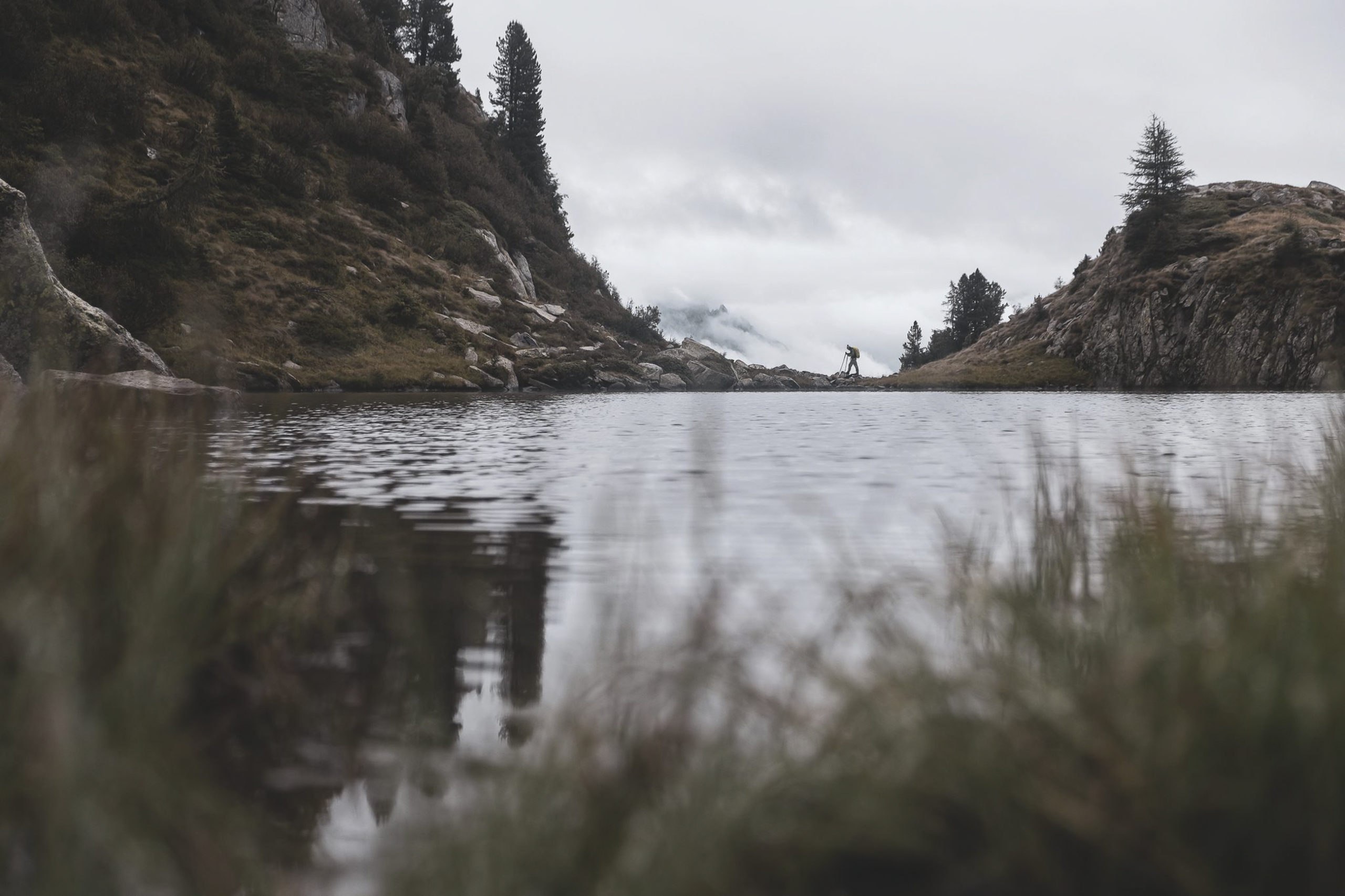
Text by Leonardo Panizza
Photos Elisa Bessega
It’s 8 pm, the sun is going down and I am putting my feet in wet and cold socks before putting them into frozen shoes.
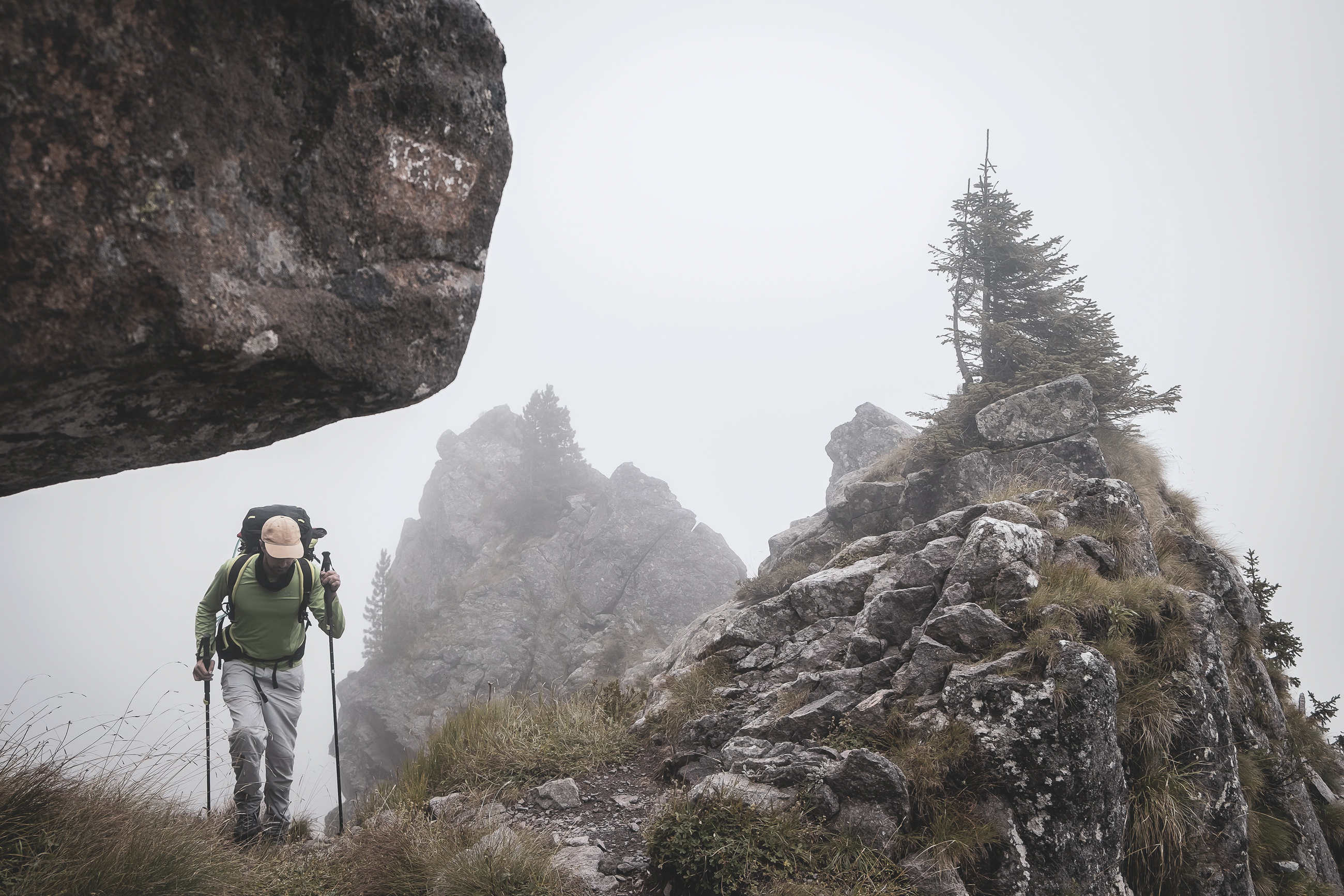
The old stove failed to dry anything in just more than a half an hour. I look around and I seem to be in an abandoned building inhabited by homeless people. Garbage thrown into the wood drawer, a few stoves, a cot with worn clothes piled up, four liters of grappa on the shelf. How did I get here?
I am in Malga Lagorai, the nerve center of the discussed redevelopment project that involves several structures along the over 80 km hike trail that goes from Rolle pass to Panarotta, in Trentino. It is the third day that I walk in the pouring rain and after 44.3 kilometers I am forced to abandon. I put the front light on and start walking towards Ziano, I have more than 10 kilometers to go on a forest road to meet a friend who will take me home.
A few weeks before leaving for Translagorai, Elisa began drying soups, couscous and energy bars in order to be completely independent and try to have as few garbage as possible to carry in our backpacks. At the end of drying, we have 1.5 kg of stocks that occupy a truly irrelevant space, to be divided for 3 nights and 4 days. I am so happy when I load my backpack: with a tent, sleeping bag, mattress, bread, some sausages and some cheese bought in Predazzo, it weighs less than 15 kg in total.
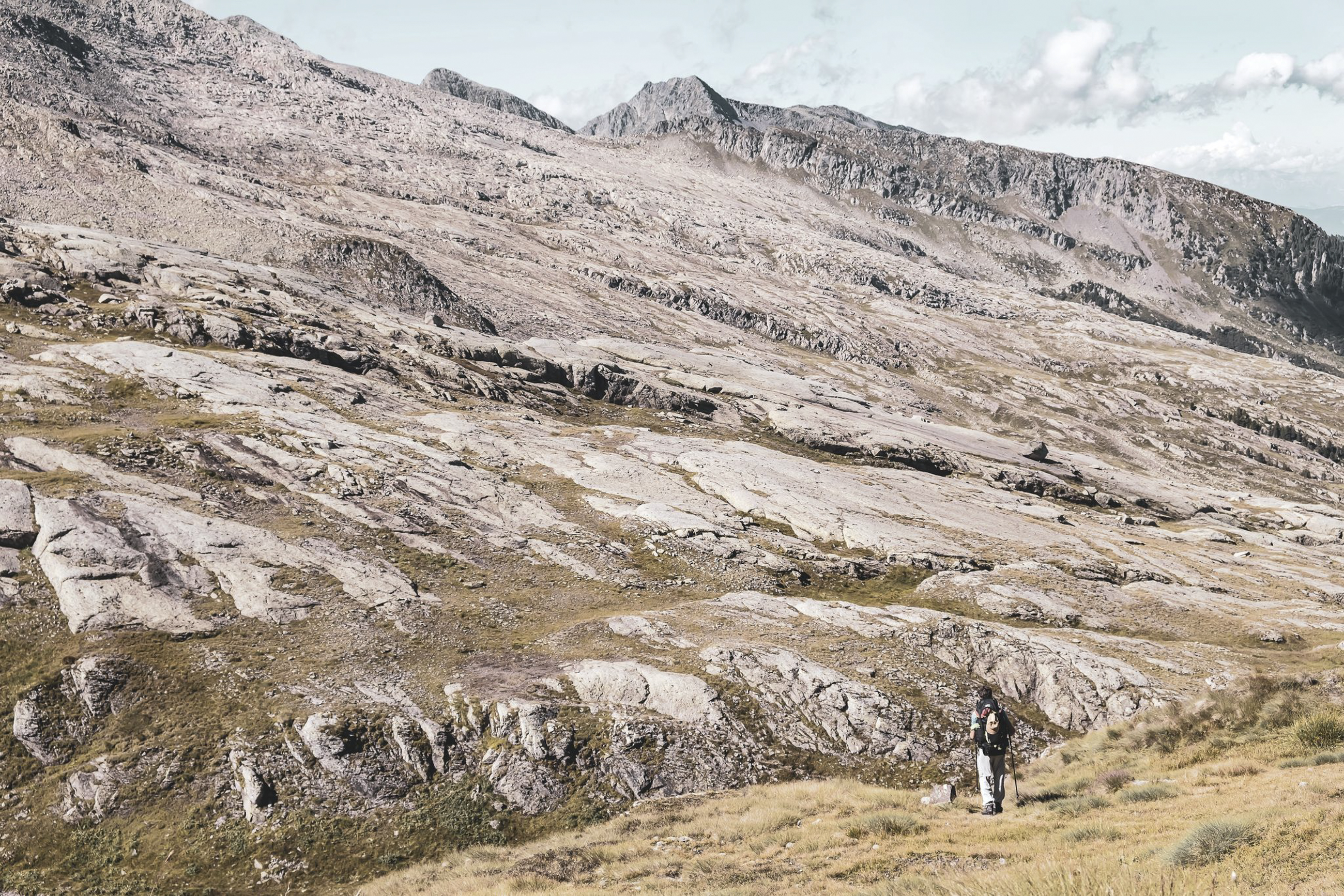
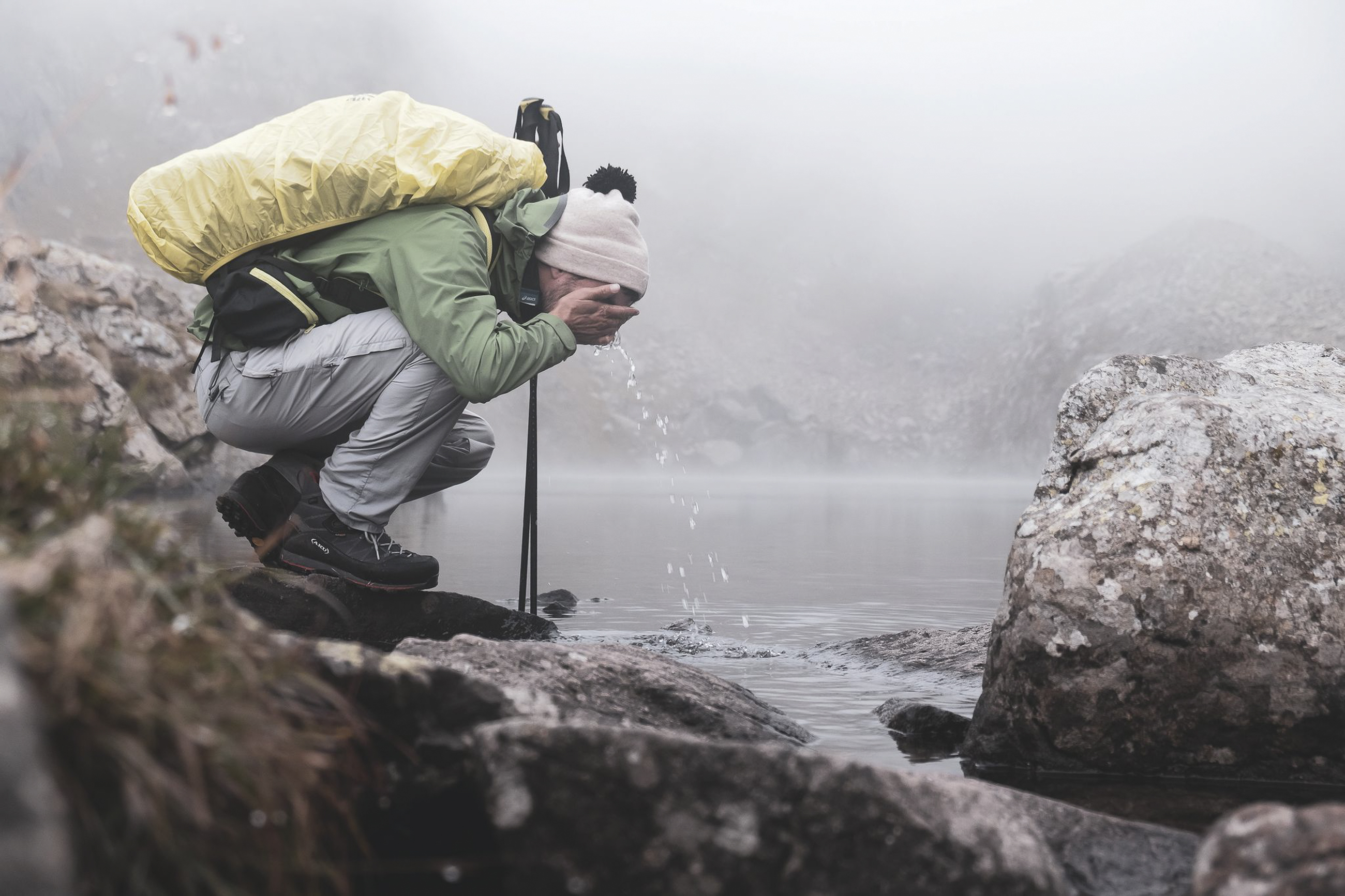
We reach Passo Rolle by public transport and as we move away from the road I feel the feeling of being swallowed up by a living being, first the wood that breathes, then the unmistakable stones that make the Lagorai a sacred place, a pavement of some strange temple where nature reigns supreme, with its own beauties and difficulties. We often turn to see the Pale di San Martino, the Catinaccio, the Marmolada, the panorama is endless, you can even see the three peaks of Lavaredo in the distance.
After 8 hours of almost continuous walking we stop at the Paolo and Nicola refuge, it is very comfortable, well insulated, functional, equipped with the right comforts. As we warm up a little water to rehydrate the dinner, we look at the starry sky and glimpse Malga Valmaggiore, another place where the redevelopment works are already well underway.
The following morning we are awake at 5, we have to take advantage of the very first part of the day because rain is expected. In fact, we arrive at the Coldosè refuge after a few hours in wet clothes. The water increases and reluctantly we decide to stop for a day.
This is also part of the game and we already knew that one of the main attractions of Lagorai was its harshness, the difficulty in crossing it, the possibility of experiencing sensations that in many mountains, as in the city, have no more space. Loneliness, fear, the sense of limit imposed by nature, the need to choose, are situations that are increasingly difficult to experience.
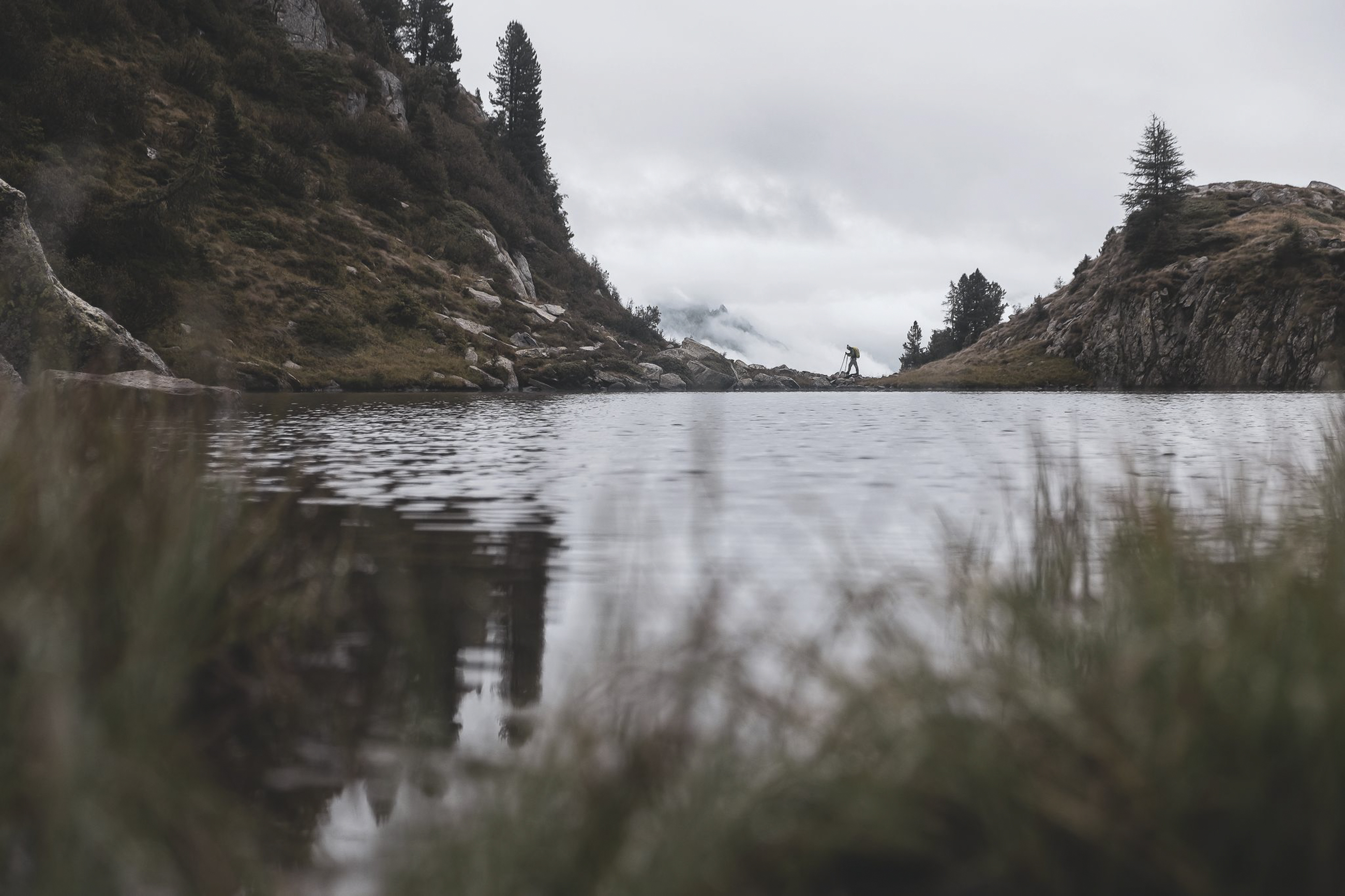
And while you are usually willing to fly over this lack in such spectacular places as the Dolomites, you would not be willing to do that on a mountain chain that does not present equally aesthetic views. The Lagorai is ugly and bad, but precisely in this characteristic lies its attractiveness, it is not a mountain that can be sold off or tamed too easily.
We have been there for a few hours and there is no shortage of things to do, the wood to be cut, cleaning pots and cups, filling the tanks with water at the spring. The refuge must be kept clean by those who live in it, it is something that lives with the people who occupy it. There is no need to manage refuges, rather to educate those who use them.
The day after we anticipate the alarm, we have to move a lot and the weather seems to get worse. We start at 4 with the front lights on and go down into the woods, lowering our altitude, we enter the exploration territory of M49–Papillon, the bear that for some days has been beating the area in search of freedom. Our paths cross by chance and I wonder if we are not looking for the same thing after all.
It starts to rain and we proceed in silence, concentrate, Elisa’s camera stops working because of the cold. After a few hours we find shelter for a quick meal at the Teatin refuge: a few wooden planks that close the entrance to what is a wet and cold cave.
Near the top of Litegosa we see some white spots, it is the snow. I take it in my hands, we are witnessing the first snowfall of the season. Arrived at the crossroads for the refuge, we decide without even talking to each other that we will go down in altitude, spending a night in a tent in these conditions is not really possible and continuing on the ridge has become dangerous.
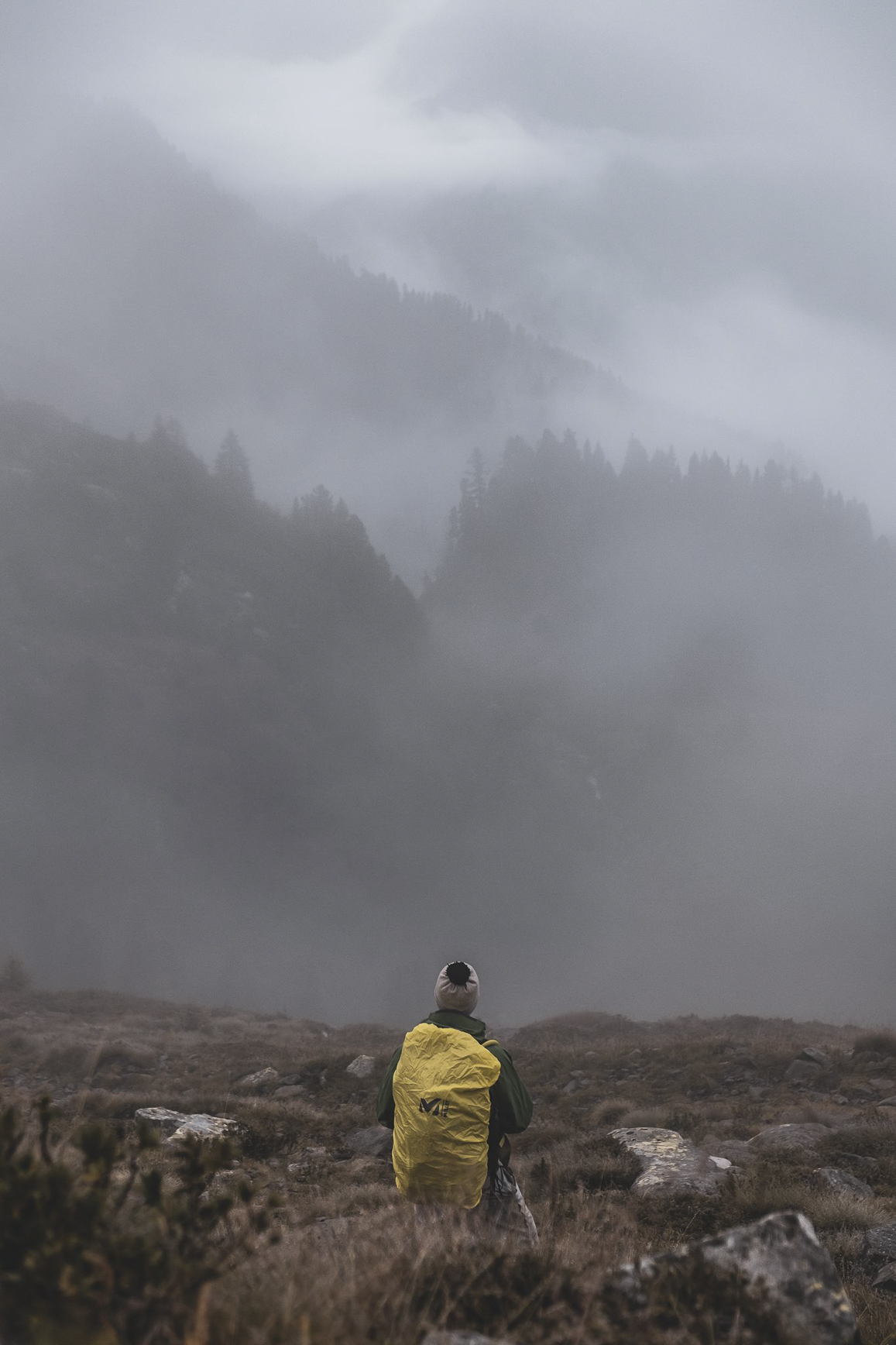
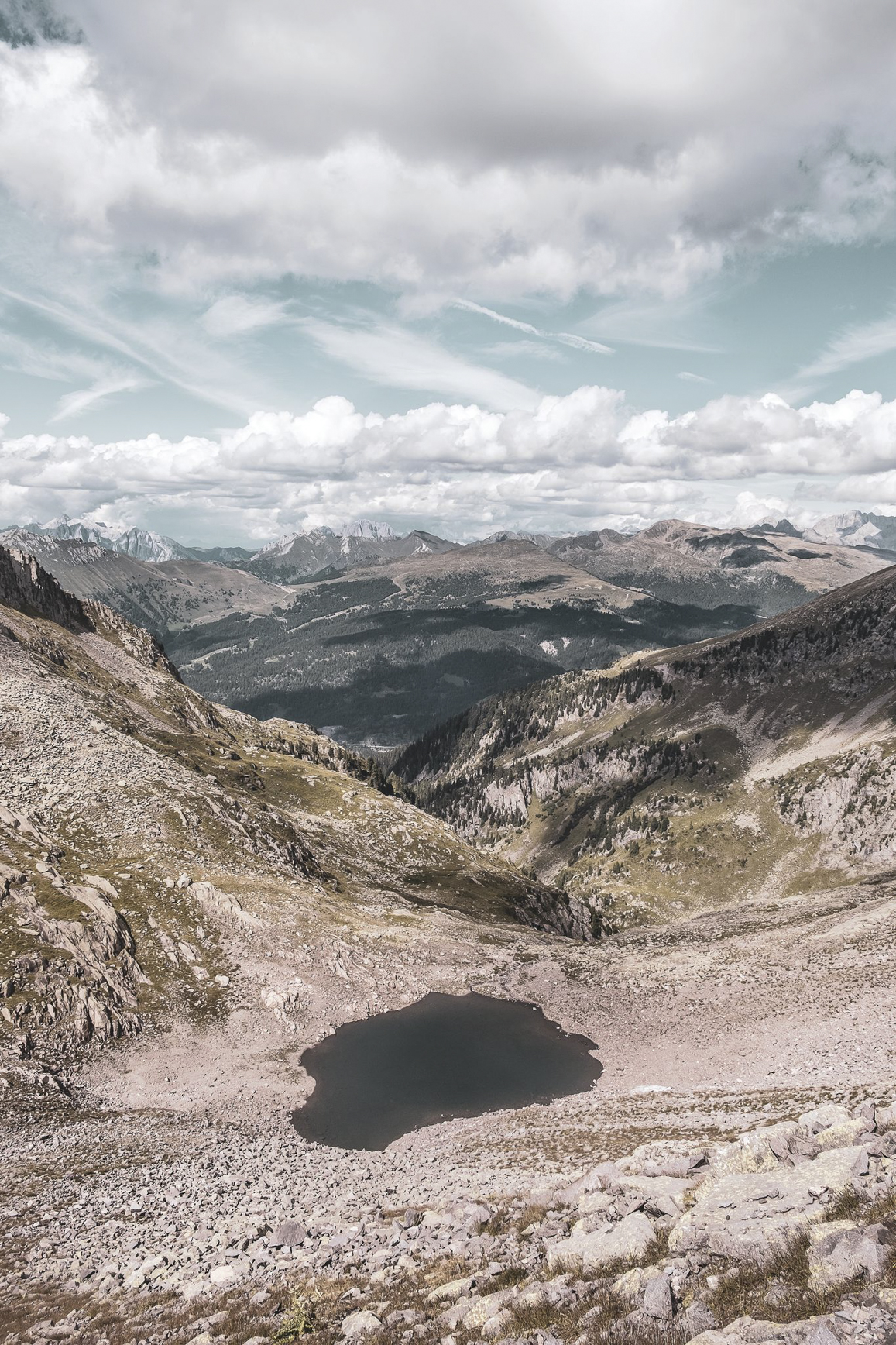
It is 5 pm and we have been walking for 10 hours in the rain when we reach Malga Lagorai. Damp wood is hard to ignite in the old stove.
Then the cell phone rings, it’s Giovanni, a friend of numerous adventures who, without many words, intends to pick us up in Ziano di Fiemme. From where we are we have another 3 hours to go. A trail well traced on large forest. After a brief consultation we decide to take the road downhill and put the wet clothes on for one last time. It is dark and it continues to rain.
As we descend into the night I think about the regret caused by the renunciation. What we set out to do was not a big undertaking, of course, but crossing the Lagorai without leaving a trace, using only dried food independently, wanted to be a message, a demonstration of the fact that it is possible to move around respecting the vocation of the places. The mountain is not something to bend to satisfy your will, it must not be just an accomplishment. The renunciation teaches us that basically we are only raindrops that end up in a large lake.
Now we need to have the courage to be under the downpour, with our own means and with the enthusiasm of a young mountaineering that can hardly be measured through the canons of classic mountaineering. In the Dolomites, for example, it is now possible to practice climbing that does not damage the rock, and while the sacred monsters of climbing persist in putting nails and drilling, more and more young people practice Trad Climbing trying not to leave a trace of their passage. In the same way the two of us passed by respecting what is one of the last unspoiled places in Trentino.
Reaching the car we realize that Giovanni is the first human being we have seen for days, the mountain is made of peaks, times, performances, discussions, but also of friends willing to sacrifice themselves to make a failure less tiring and we hope to do not be the last ones to live it like this.
Once again we realize how severe mountain life is and how much it can teach to new generations like ours, because it is in the chaos of the city that ideas meet and flourish, but it is in the solitude of the Lagorai that we manage to grasp them to become aware of them.
Share this Feature